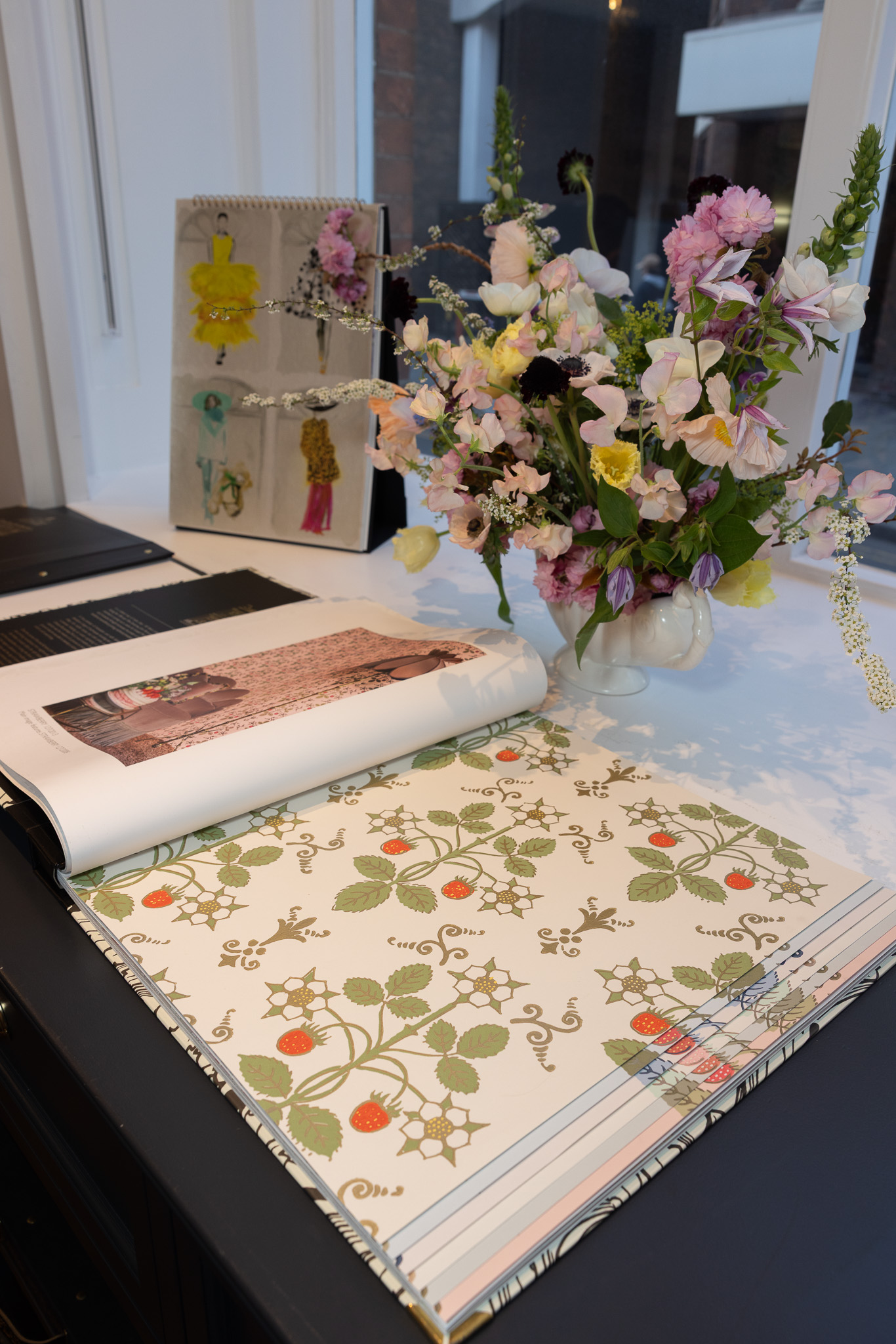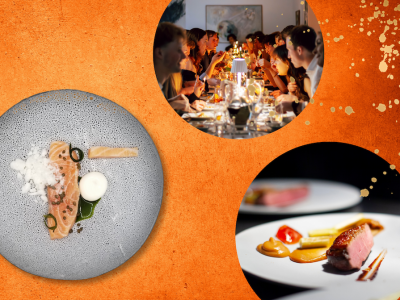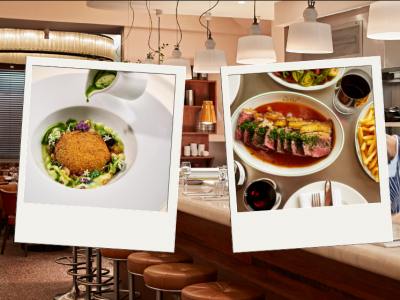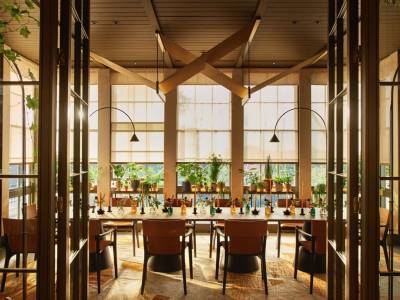Is craftsmanship really worth it? Is it worth the hours of meticulous effort, the investment, the unwavering dedication? And in an age of AI and automation, could technology ever truly take its place? These were the questions up for debate at Cole & Son’s third Jubilee Place salon, where leading voices from the worlds of design, heritage, and innovation gathered for a spirited and insightful panel. Taking the stage were Deborah Pocock, CEO of QEST; Giles Kime, Executive Editor of Country Life; Cole & Son’s own Creative and Managing Director, Marie Karlsson and steering the conversation with wit and ease was Lord Ed Vaizey. The panel explored whether the soul of craftsmanship is something the future still needs—or simply something we can't afford to lose.
"Is Craftsmanship Worth It?" at Cole & Son's Jubilee Place Salon
16th April 2025
The third Cole & Son Jubilee Place Salon posed a provocative question: “Is craftsmanship worth it?” Facilitated by Lord Ed Vaizey, the panel—featuring Marie Karlsson, Giles Kime, and Deborah Pocock—explored whether craftsmanship still holds relevance in the modern age, and if it’s something worth preserving for the future.The evening unfolded among like-minded guests immersed in the world of craft, accompanied by thoughtful conversation, fine canapés, and Champagne Bollinger.
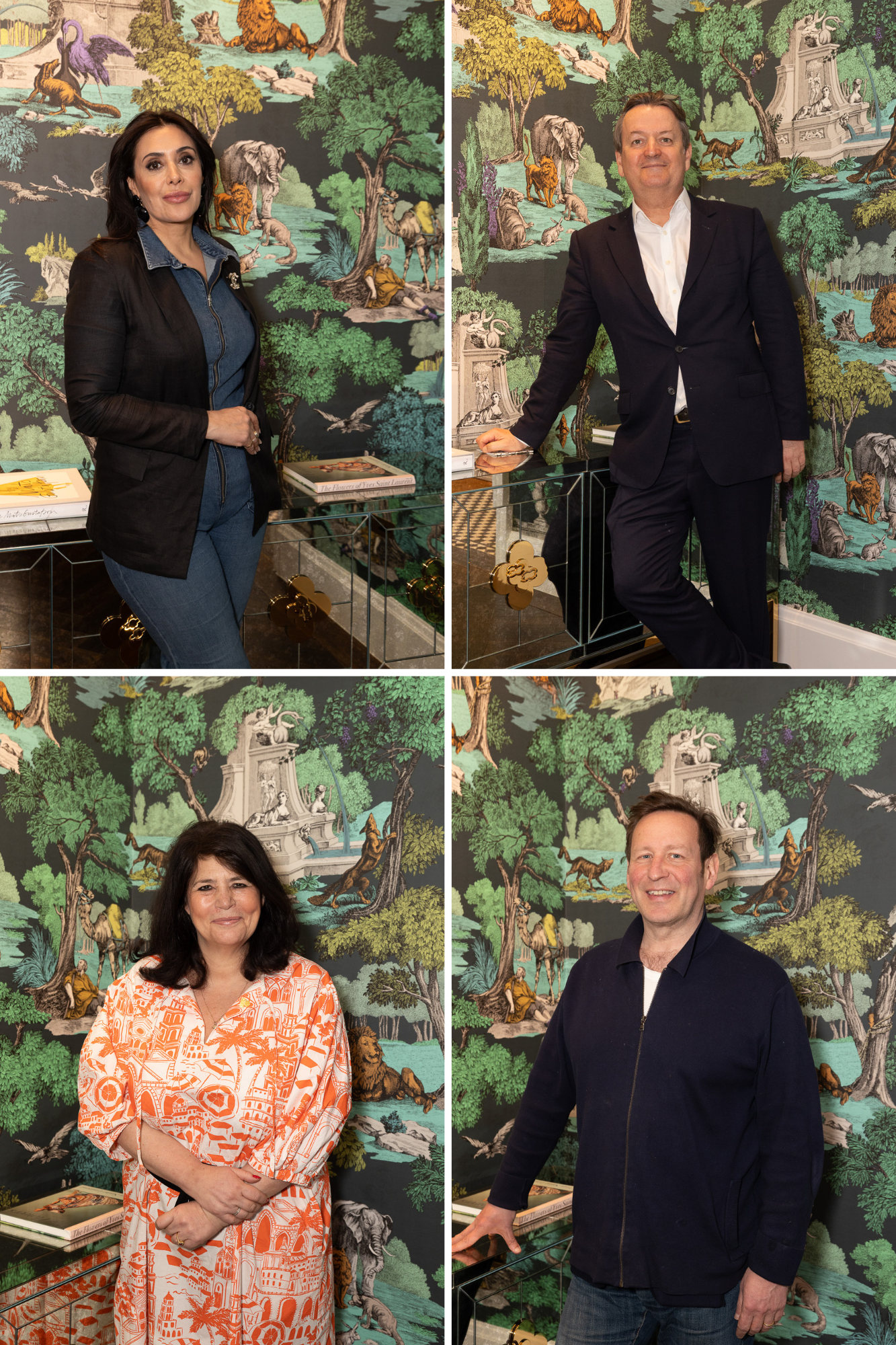
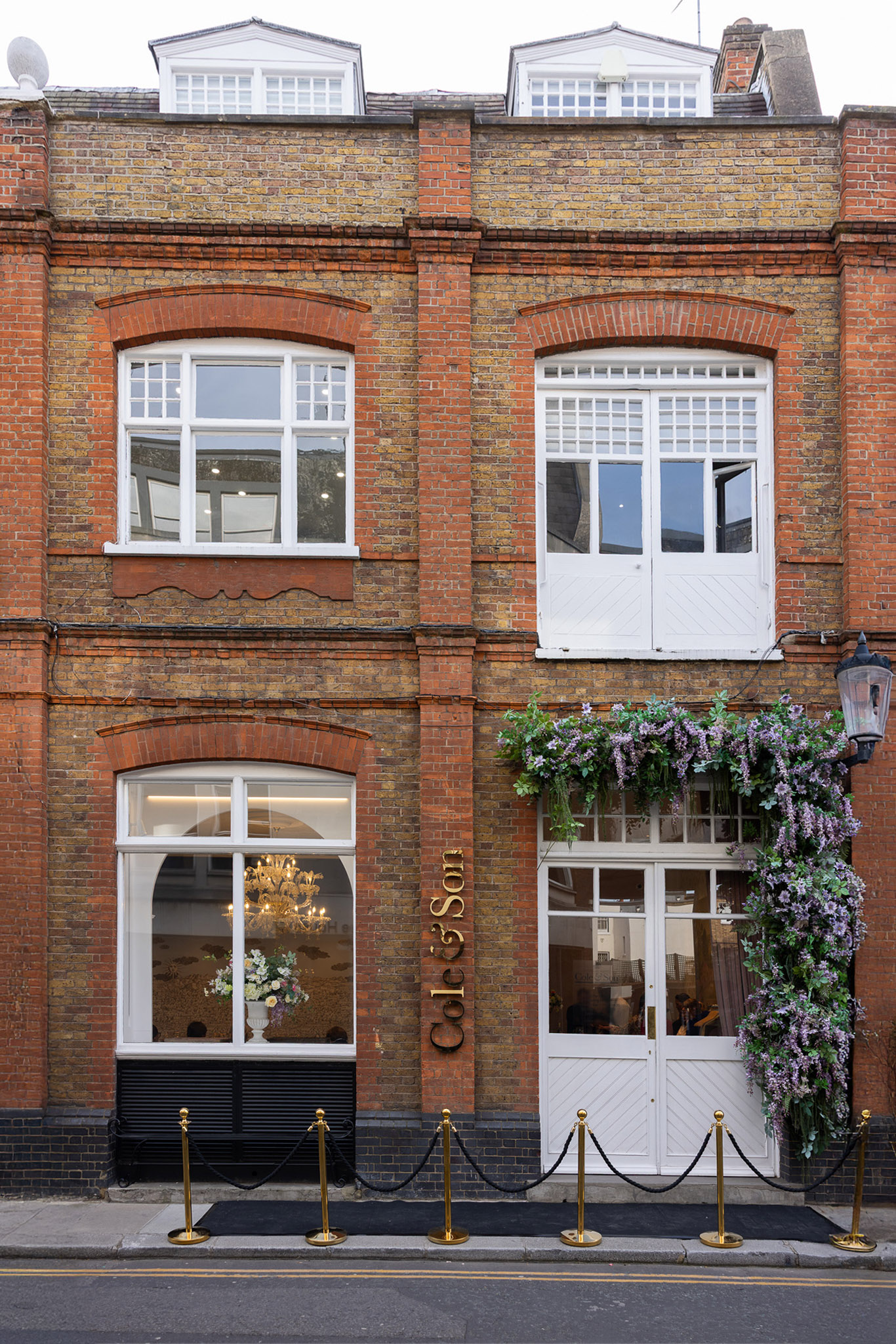
What is Craftsmanship to you?
What do you think of when you think of ‘craftsmanship’? That was the opening question posed to the panel—a gentle test of the waters that quickly revealed a shared opinion: the word craft is overused in today’s world.

“Craftsmanship, in many senses, is misunderstood,” said Country Life's Giles Kime. “I think the word craft is overused, yet at the same time it also creates so many opportunities to make objects that you would never be able to do in a mechanised process.”

Deborah Pocock echoed the sentiment saying“Craft is a much-overused word and it has done craftsmanship a disservice. When we’re talking about craft crisps, craft beer… that’s not what we’re talking about.” For Deborah, true craftsmanship is “a mastery of materials.”
Marie Karlsson, Creative and Managing Director at Cole & Son, agreed, nodding toward Junior Designer Niamh Wright, who was quietly painting wallpaper panels in the background. “We have Niamh sitting here today—this is craft to me. On a blank canvas, she is hand-painting, and this is how we do wallpaper today. For me this is craft, it’s handmade and it's the state-of-the-art pieces that are created here, and it's for future generations. This is the inspiration” she said.
Technology vs Craftsmanship
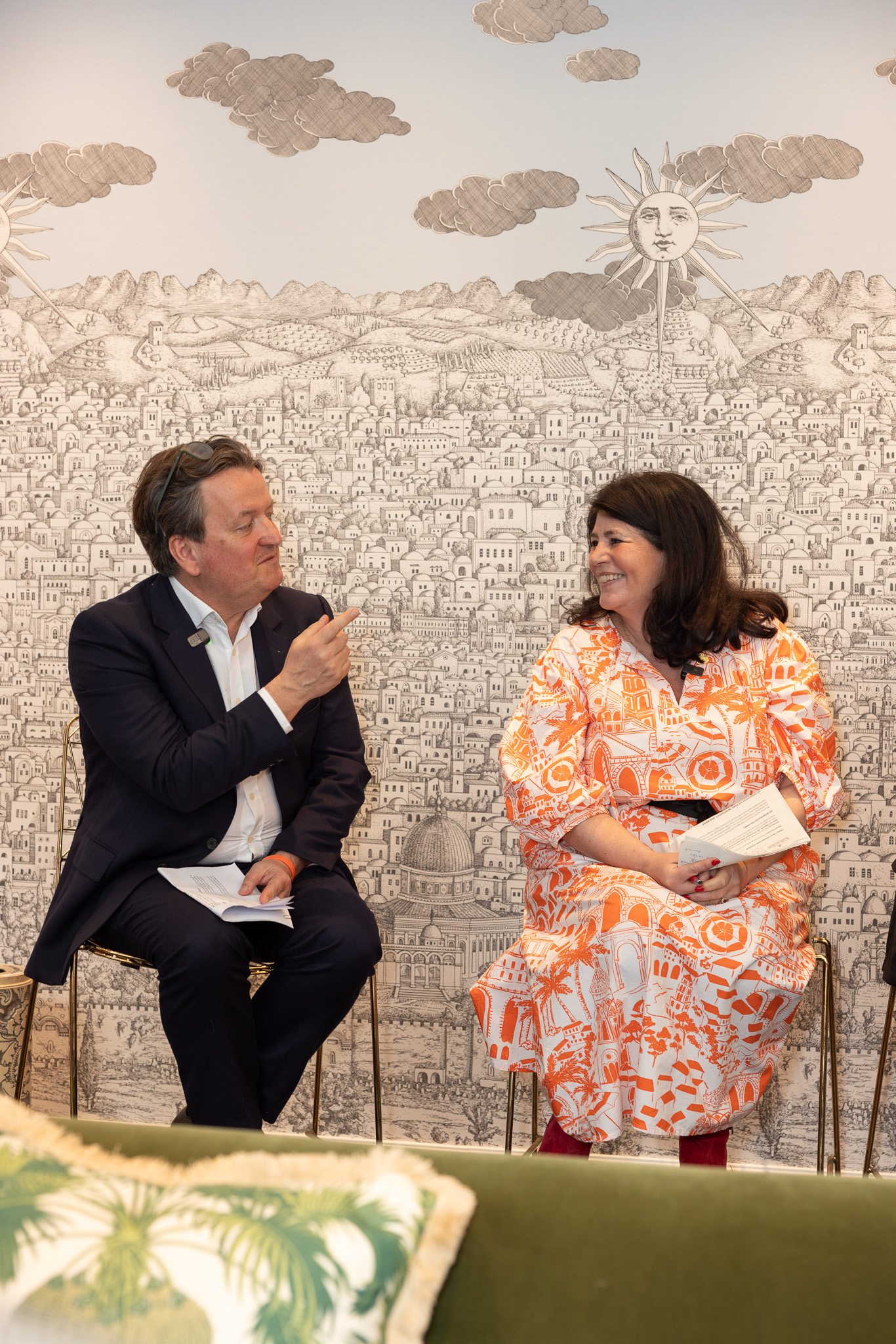
As technology continues its rapid advance into every corner of life, the question arises: does it pose a threat to craftsmanship?
Giles Kime was the first to respond, saying “I don’t think there’s a risk, I think there are a multitude of problems partly to do with education and the fact that craft skills are no longer taught in the way that they were at school. I don't think we need to fear technology. I think the CNC machine is not a sort of bogeyman of the craft world, they can complement each other very well. But yes, I do think there's a danger of a whole generation not realising its value.”
Deborah Pocock agreed, linking the question of technology back to her earlier point on the evolving nature of craft, process, and materials. “It's about speeding up the process. That means you can potentially make more money without debasing the skill and the passion that goes into the piece that they're creating,” said the QEST CEO. “With 3D printing, everyone was aghast to see that coming through, but printing just speeds up the modelling stage. It is then what you do with it with your materials.”
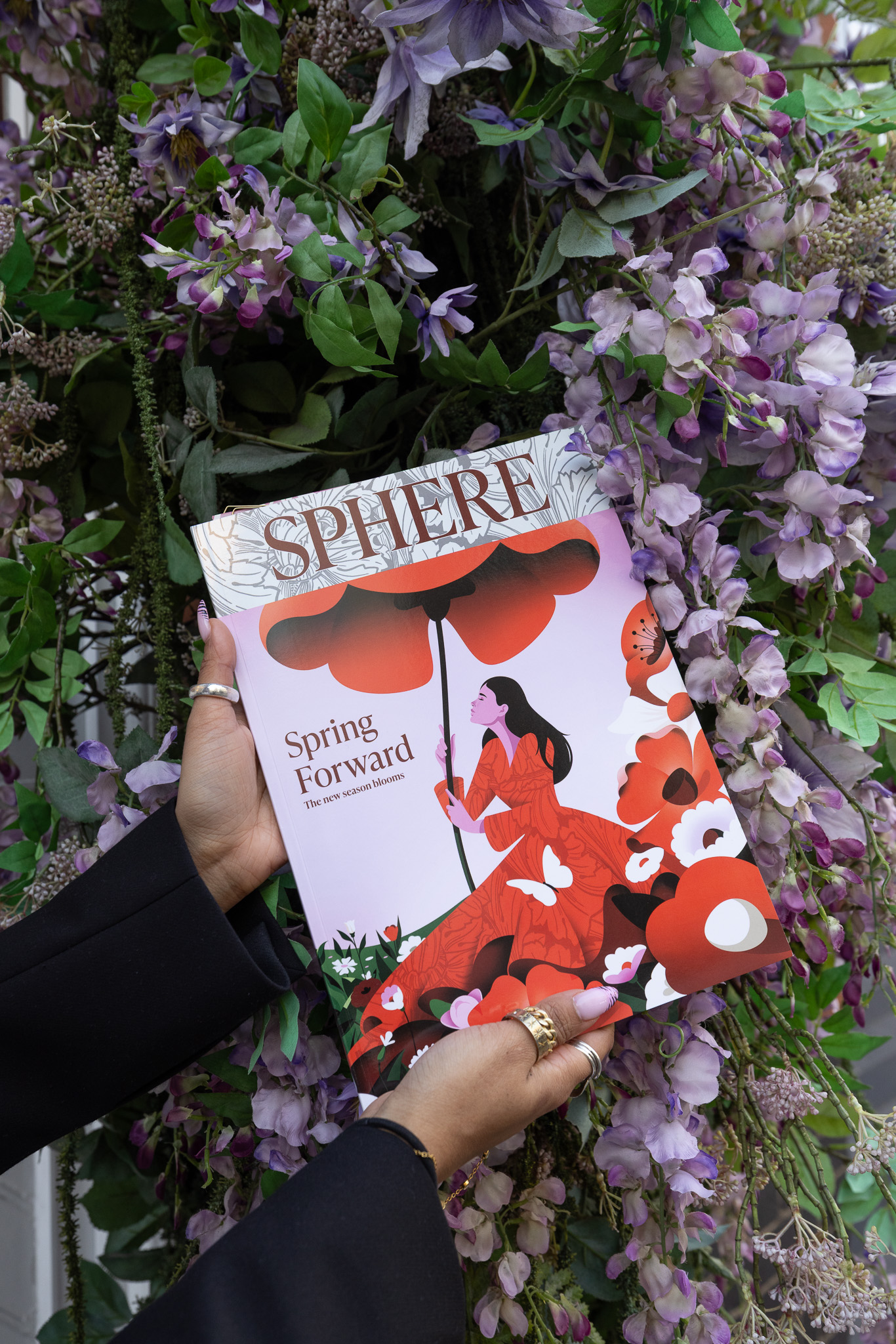
Brand Collaborations with Craftsmanship
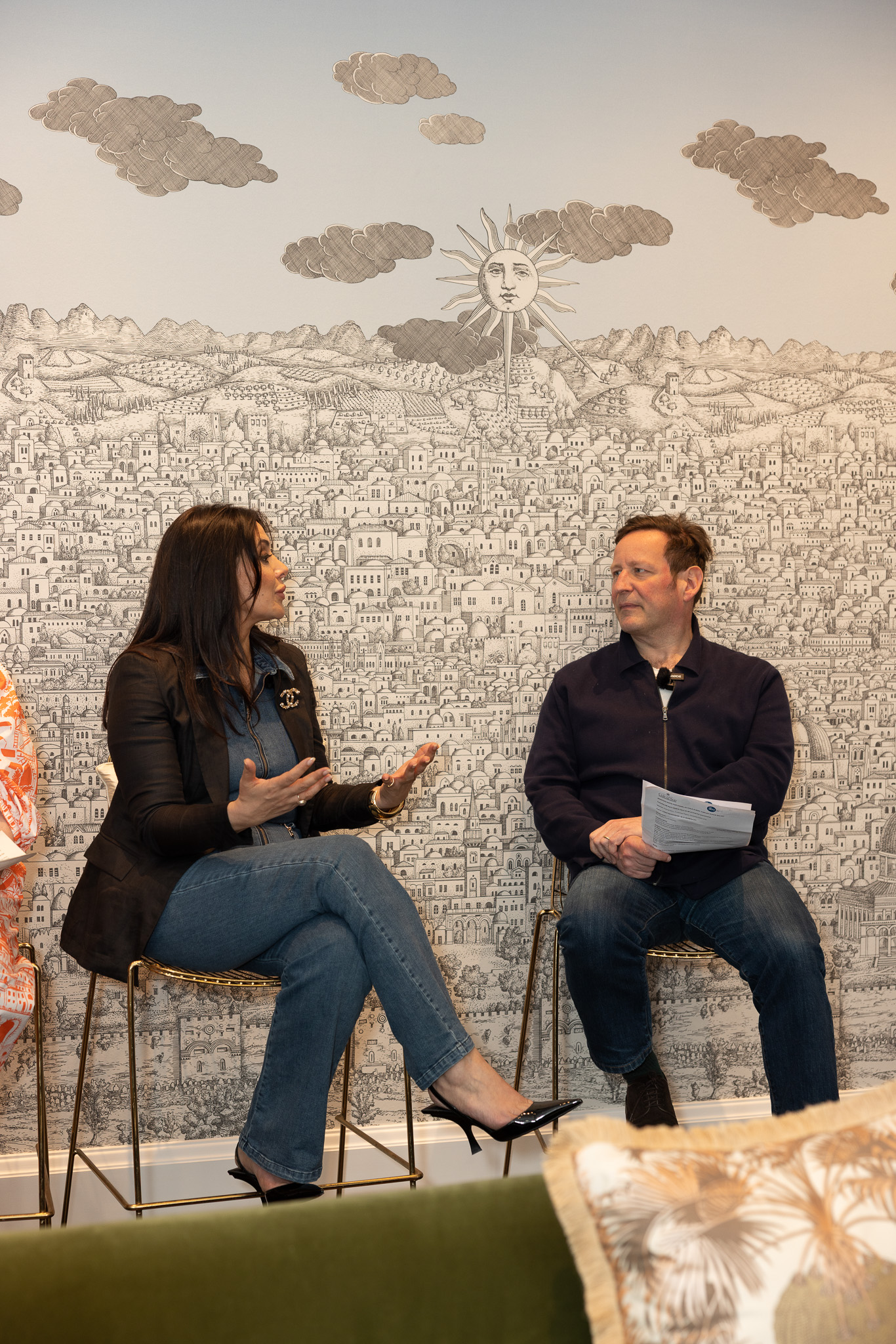
Throughout the discussion, a clear consensus emerged: for craftsmanship to survive—and, in many cases, become financially viable—platforms and brand collaborations are essential. Deborah Pocock explained that at QEST, “a lot of these individual craftspeople do their training and become masters of their craft, but they need a platform and craft profiling. That platform is very often collaboration with brands. We try and work with as many brands and organisations as we can because beyond that initial funding for the training, it's really important that we help those makers sustain their careers.”
As for why brands are drawn to craftsmanship, Giles Kime offered insight: “Ideas have enormous currency in our world and you don't get them sitting behind a laptop. You get them when you are working with materials, that's when the magic happens and that is what big brands are buying into. I think the other sort of nuance to this whole conversation is what is that it's very hard to know where design ends and craft begins.”
He went on to raise the thought-provoking question: “Is the joy of collaboration that you've got somebody who's having to respond to a brief?” He continued, “if you think about some of the greatest works of art in history, they were working to a brief. I do think that part of the problem with the recent history of craft is that in the sixties and seventies, craft was seen as a form of self-expression. Now people have to be almost taught how to make things that people want to buy and there's got to be a tension between what they're doing and commercialism.”
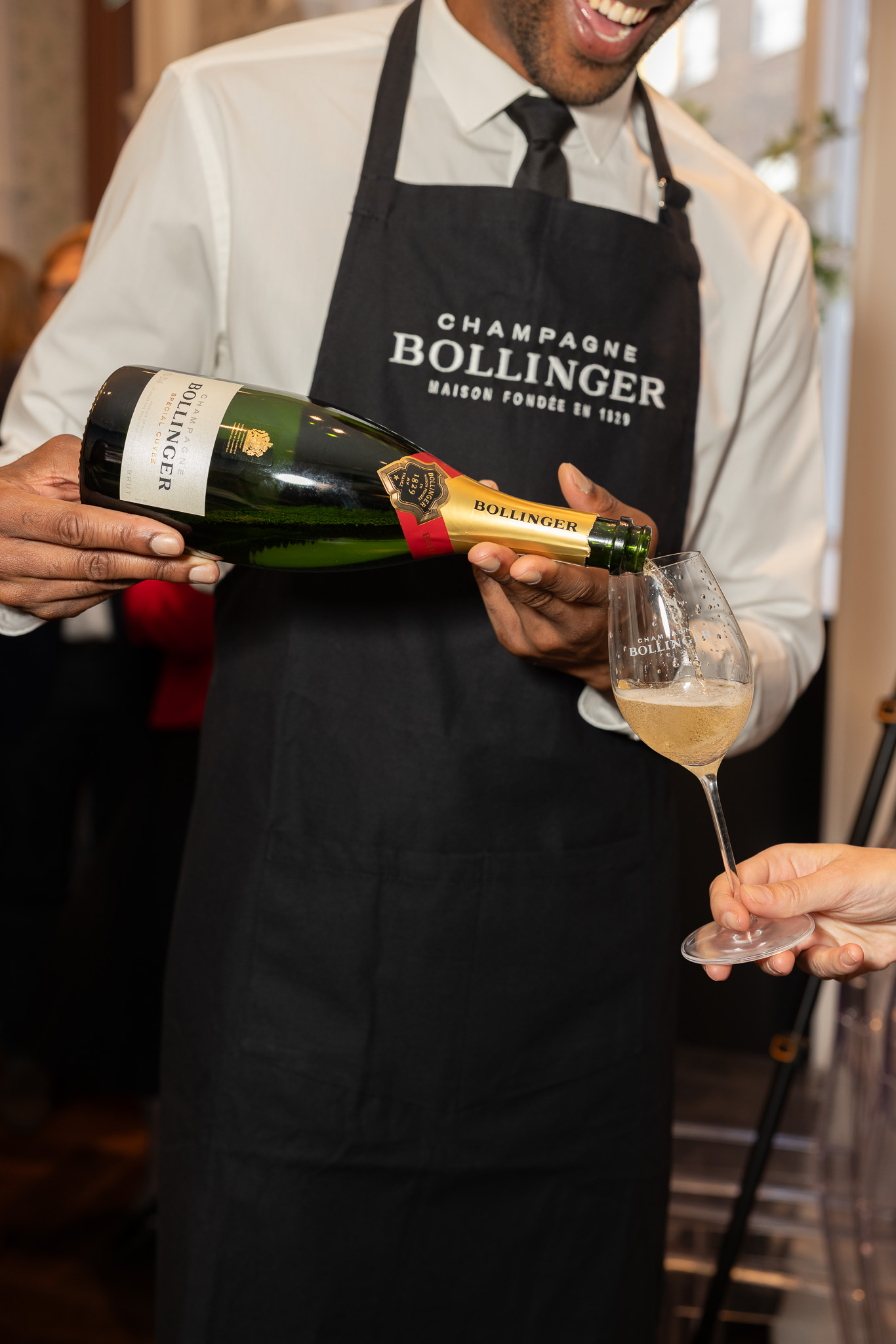
The Art of Commissioning
One of the key drivers breathing life into modern craftsmanship is the art of commissioning. “I think patrons love the whole commissioning process,” said Giles Kime. “A generation ago it was going to Savile Row to get a suit made,” the Country Life Executive Editor continued. “Now people love having an amazing gun room designed, or a library, or whatever it is. I think there are a lot of very rich people out there who just don't care. They want something that is unique to them, and they want to create something that they're going to leave behind them.”
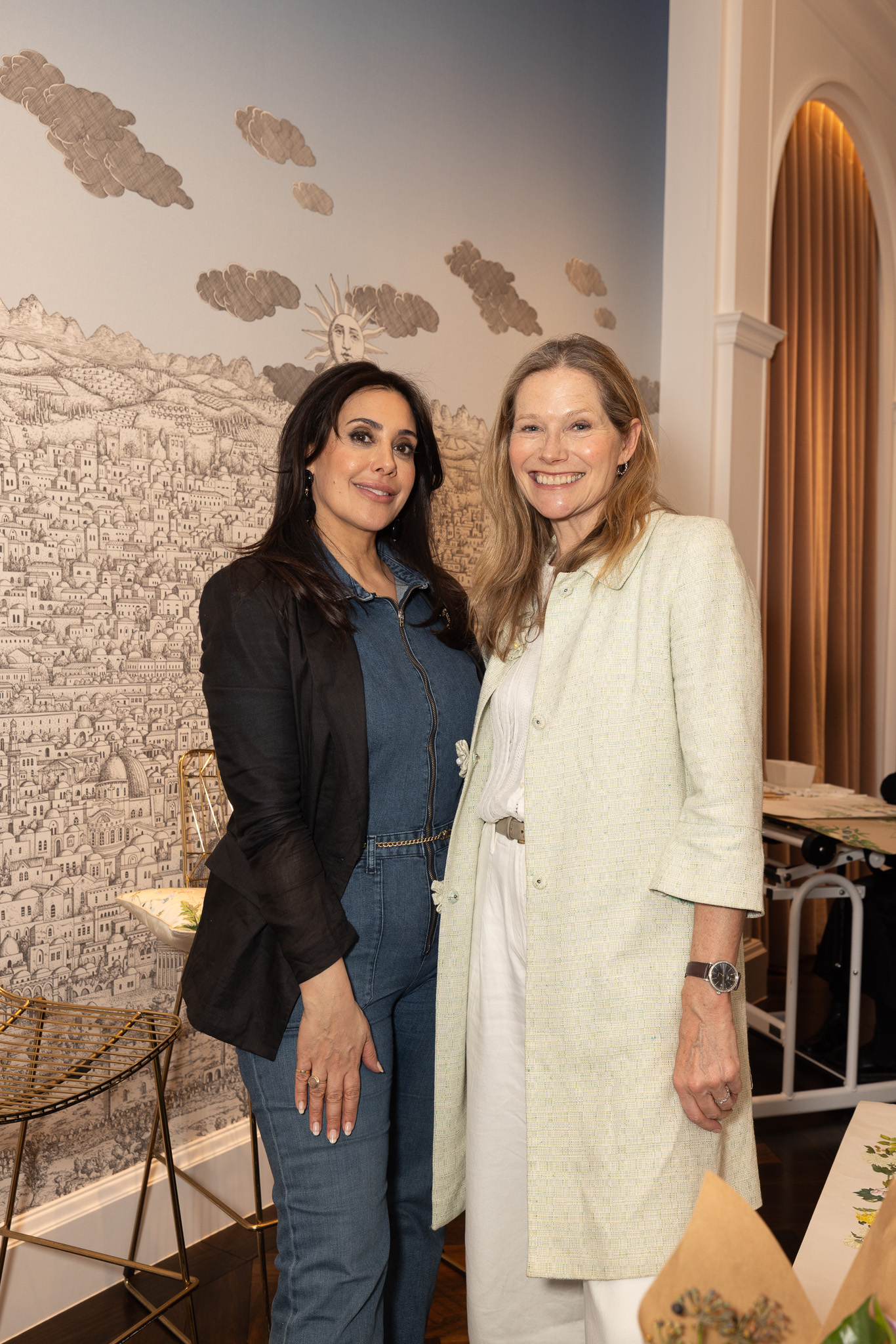
Marie Karlsson, Creative and Managing Director at Cole & Son, added a note on the sustainability and emotional permanence of their work. “I think we do it in the proper way and I think our wallpaper will stay. You buy into something when you're creating a home, it's not for the next year, it's for a very long time. It's very sustainable and you don't do those investments so many times in your life.” Displaying hand-painted panels as part of the discussion, she remarked: “This is four-to-six-months of hand painting to create one panel. It is extraordinary, and people are really prepared to pay for that because you want something special. And yes, it's costly to do, but it's not expensive because you get the most extraordinary art on your wall.”
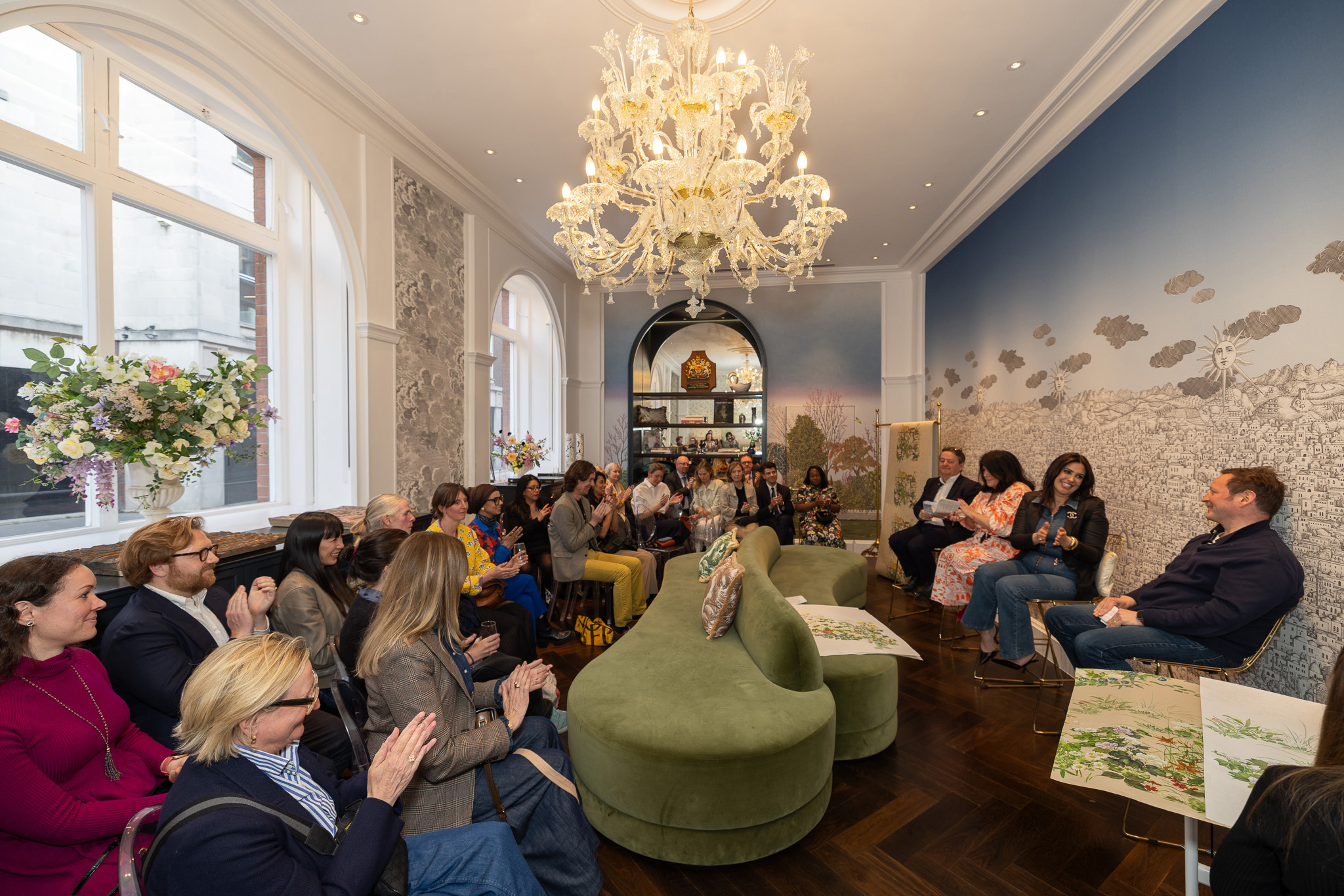
While craftsmanship can often be associated with high-end commissions, Deborah Pocock, CEO of QEST, was quick to emphasise its accessibility. “I think craft is for everyone and increasingly people want something that is unique, that has a story, that has integrity, that has the piece of the craftsperson within that product. Craft doesn't have to cost thousands and thousands of pounds; you can get beautifully created objects that can cost a fraction of that but are still exquisite and beautifully made. And I think that is the renaissance of craft.”
Keeping Craftsmanship Alive
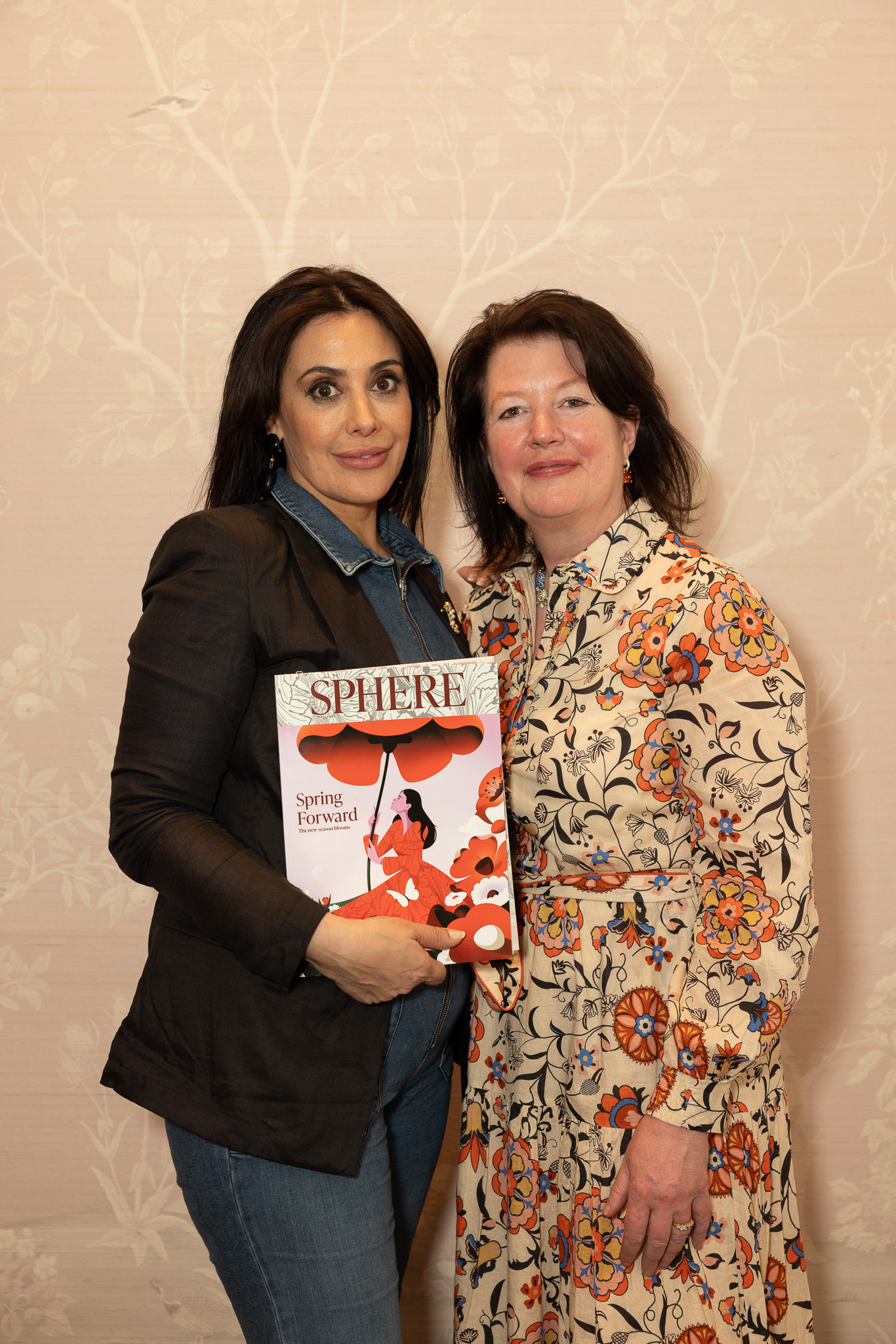
The question of whether craftsmanship is fading among younger generations surfaced repeatedly throughout the discussion. One recurring concern was that traditional craft skills are no longer being taught in schools, leaving many young people unaware that craftsmanship is even a viable career path—let alone realising its value. When the floor opened to the audience, one attendee asked Giles Kime for his take on the generational shift. He responded, “The fact that antiques are making a comeback is encouraging. I think everybody knows that if you have something made bespoke for your house, that it's going to be so much better, and I think people are beginning to realise the issue is finding those skills. It's all very well there being a revival of antiques, but who are you going to get to do the French polishing or replace the leather on the top? But the more demand there is, the more services there will be in that field.” Deborah Pocock added, “I think that sustainability has a big part to play because the younger generation are very responsible and really concerned about these issues. Craft by its very nature is sustainable and that's about understanding where your raw materials come from. So, I do think that has a part to play."
In a more reflective moment, Lord Vaizey posed a challenge to the panel: if they could save just one craft skill from the brink of extinction, what would it be? Marie Karlsson was first to respond, choosing hand-painting wallpaper—an essential technique at Cole & Son. Deborah selected passementerie, stating that “it’s a critically endangered craft and there are very few people doing it, but it's absolutely everywhere in interior design.” Giles, meanwhile, shared his recent experience of having his house re-thatched and how fascinating it was as a process. As Champagne Bollinger was poured and conversation spilled beyond the panel, it was clear that while the debate could have continued long into the evening, a quiet conclusion had been reached: craft is, undoubtedly, worth it.
